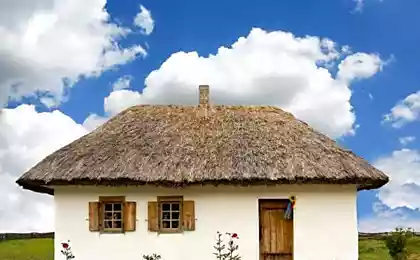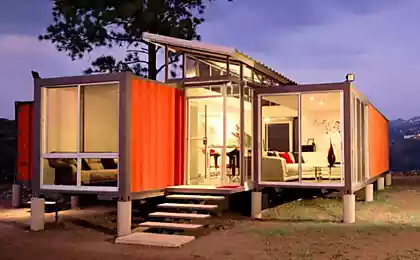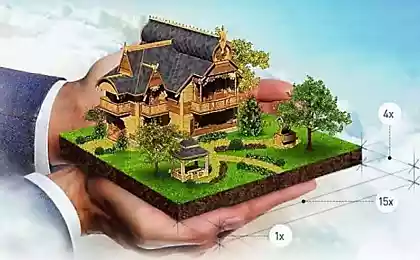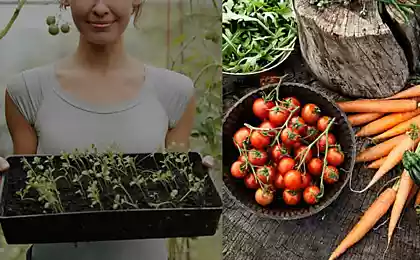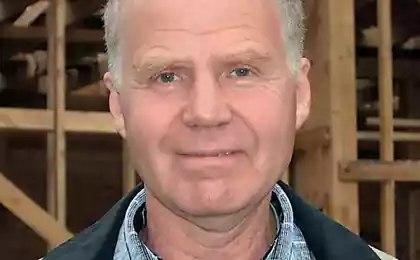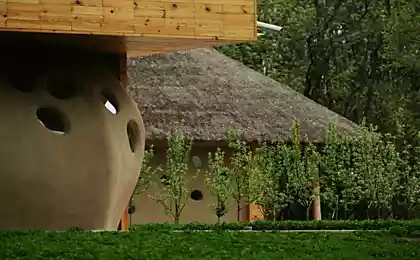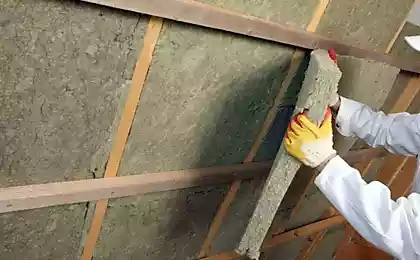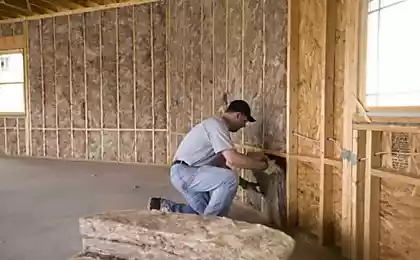581
Straw is an ideal environmentally friendly construction blocks and house warming
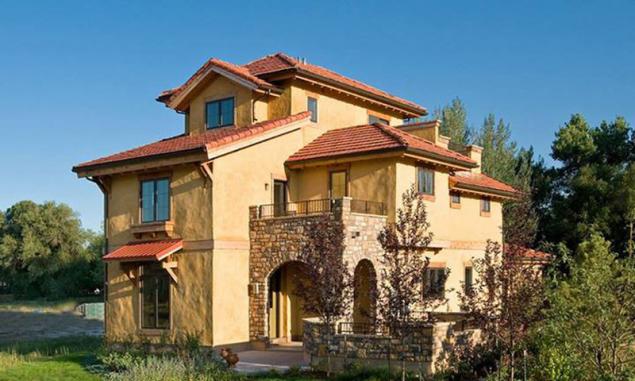
Straw material from the straw in the form of mats, boards or blocks. But not to be confused with straw bales. They are completely different materials. Straw is used as ecological insulation material, filler in frame construction as a material for the device partitions. In many countries, straw is widely used in agriculture and construction. In Soviet times this material gets regulatory requirements and in accordance with GOST № 1950-43 (ГОСТ1950-43, 15 November 1952, this normative document terminated in connection with nevostrebovannosti the production of straw). Straw were made in the form of plates. Dimensions Solomatova boards 3 m long, 1 -1.20 m width and 5, 7 and 10 cm thickness. The specific weight of the straw 1 of approximately 17 kg at a thickness of 7 cm.
The humidity of straw should be no more than 18%. The thermal conductivity of straw on average 0.09. The weight of straw, depends on the degree of compaction and compression equals 260 – 360 kg/ class I and 200 -300 kg/ second.
Solomatova products are sewn together with wire or string, depending on the type of machine. Wire diameter 1.5 -2mm. the best option for firmware Solomatova products.
The stages of the process
1. The collection of raw materials and delivery to production.
2. Preparation of raw materials produced in the equipped workshop. The straw is treated with antibacterial impregnation GOST 1950=43 is a 4% solution of iron sulphate.
For fire safety and protection from rodents may apply additional measures in the form of treatment with a special impregnation. The most simple and reliable fire event there is a treatment with a solution of liquid glass. And protection from rodents, treatment brown.
3. Pressing or stitching is performed on special machines.
4. Warehousing and packaging Solomatova products.
Also on Solomatova mats can be sewn linen flax, hemp, jute, felt or other materials. That enables more widespread use Solomatova products. For example, in Japan use this technology for building materials and mattresses for guests.
Subsequent processing Solomatova products occurs after their installation. This can be stucco with a clay mixture or other permeable mixtures. Plaster is applied on one or on two sides of the straw and perfectly protects from the effects of fungi, fire, rodents and mechanical damage. Pre-Solomatova products on the construction site do not require complex preparation under finishing work. Plaster for this kind of products firmly and securely clings, so as to prevent the mesh or lath. The wall thickness of the straw tolschenoy 12 see, plastered with obeah sides with clay plaster on the parameters of thermal conductivity is equal to 50 cm brick 20 cm and wooden. To improve heat transfer parameters, you can use a warm clay plaster. That will significantly increase the conductivity of the walls with straw.
Straw reliable and environmentally friendly, lightweight and durable, heat and sound insulation natural material. This is a great alternative in the environmental construction and environmental renovation of houses and premises.
Straw plate
The straw plate is a more sophisticated material than Solomatova mats. And more versatile. Such straw plate long been manufactured in the United States, Europe and other countries around the world. For example, in Africa the place of straw used waste corn. In principle, this is not so important. Raw materials for such products can also be sorghum, with most used to make brooms, fire technical hemp or flax, reed and coconut fiber.
The technology of manufacturing such plates regardless of the outgoing raw material consists of the following stages.
1. Collection and delivery of raw materials.
2. Grinding with an additional treatment
3. Pressing
4. The coating on the plate in the form of paper or slats. When applying slat production line is equipped with the optional units and units that can be applied to the friable base layer, optionally on both sides, more dense mass, with finely ground raw materials with the addition of resistant glue. After the lamella is applied in the form of a film or veneer. Such materials are used in the furniture industry and are well proven in the manufacture of countertops and window sills.
5. Drying and packaging of finished plates.
The advantage of straw panels have wide application in construction and decoration. Eco-friendliness and durability, ease of installation and handling. Straw plate ready for finishing, which reduces the time of commissioning of the objects. Special skills in installation are not required. Ideal for environmental repair and construction.
Blocks Solomatova
Solomatova blocks is compressed into a block under high pressure straw. Solomatova or straw blocks are used for construction of buildings and are environmental material for building houses with straw. Advantage Solomatova blocks, relative to straw bales and straw panels is that much better the process of pressing, the lack in the construction of expensive wooden frame. A significant reduction in labor and cost to the construction and decoration of buildings. The possibility of using Solomatova blocks as an independent heat and sound insulation material. Solomatova blocks are great for self-construction. One man can easily lay down the walls of the house with blocks of straw.
A feature of the construction of such Solomatova house is the connection of the blocks. Solomatova blocks with holes can be connected by studs or screws. Also in hollow openings to create a load-bearing structure of the building is poured clay or concrete. Pre-Armira special fiberglass reinforcement. Using the armature and clay does not violate the principles of the ecology of constructed facilities.
Another self-Assembly method is the block on a special insulation adhesive. Joint thickness shall not exceed 5 mm. But in this case it all depends on the geometry Solomatova blocks. The use of masonry adhesive efficiently and when the above method of installation and mounting blocks.
For walls with Solomatova blocks using clay plaster or other permeable materials. Walls that are exposed to higher humidity, are further processed or protected by a moisture proof sheet materials with the subsequent finishing with ceramic tiles or other materials. For protection of exterior walls used masonry materials that meet the indicators of frost resistance and water vapor permeability. A good option is the use of a ventilated facade.
Features of the process
For the manufacture of blocks using the soft straw. For example rice, wheat or oat. This is due to the compression. Soft commodities while pressing shows the best strength characteristics of the product.
Source: claymix.in.ua/ru/vopros-otvet/126-chto-takoe-solomit.html



